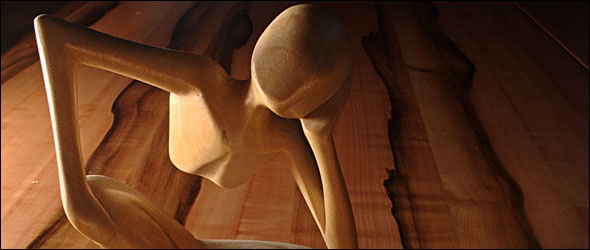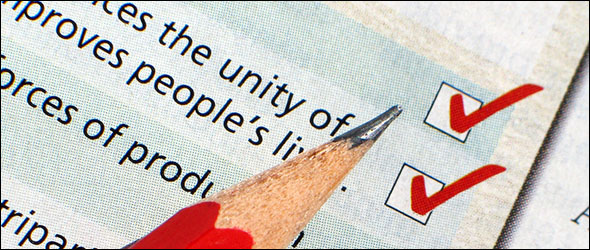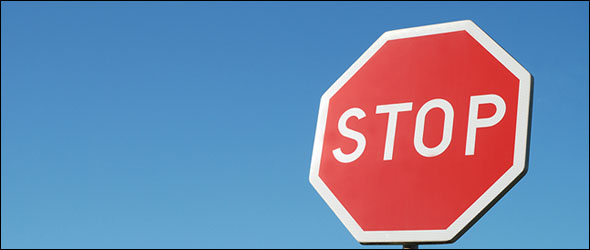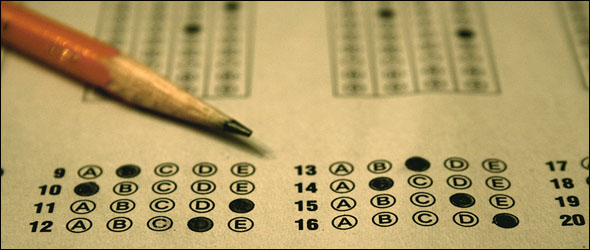
As a chemistry peer tutor for my past two years in university, I have had the opportunity to not only meet and mentor some really interesting students, but I have also been able to hear about how the first year science classes have been going on a regular basis. For one of this semester’s first year chemistry classes, the average on the first test was ~30% – I heard similar numbers for last year’s class.
Although I can’t remember if the class average for my first university chemistry test was that low, the average was supposedly a failing grade. So you can imagine what the impact of those types of results is like, especially considering that for many first year science students, this is the very first university test that they take. It can be quite the confidence crusher to go from a 90+ chemistry mark in high school to a failing grade on your very first university test.
I can still remember my own first university chemistry test, so much so that I could probably regurgitate the gist of the six problems we were asked to solve. I remember them pretty clearly because I recall reflecting about that test, and particularly, how and why it was different from my high school tests.
There were subtle differences – like the fact that lectures actually mattered (however, this tends to be more true for some university courses and less true for others). Two of the questions on my chemistry test were based on information taught in lecture but not available in the textbook. In my high school, there was never information or concepts taught only in class but not available in the textbook (you’ll find that professors have much more flexibility in terms of what they can choose to teach in university). However, this on its own is not that big of a deal – just go to class more if you didn’t the first time around. Another difference you will find is that there is significantly more material to cover in university than in high school, but I will address that topic in a future part of this series.
Yet there was one question in particular on the test that many students got wrong, which made me realize what the difference between high school and university science was; it’s a difference I have continued to notice in many of my university science courses. All our professor did was take a certain problem type but turn it backwards; that is, he took a problem type he went over in lecture and simply asked us to solve it in reverse. It was kind of like being taught how to determine the force due to gravity on an object in class, and now being given the force due to gravity and asked to find the mass of the original object on the test. Obviously the question was a bit longer than that, but the general idea was the same.





